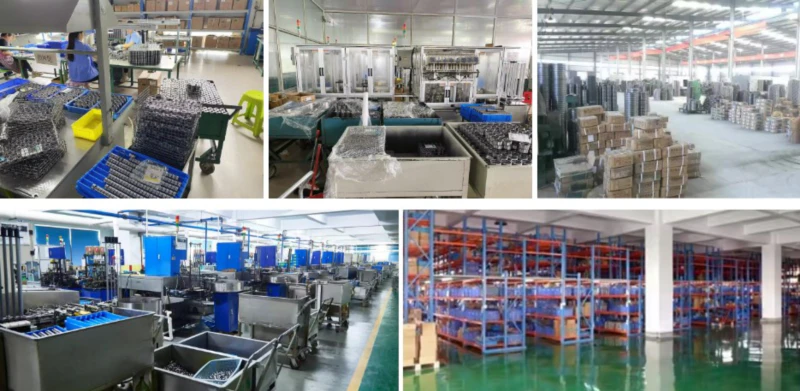Track Bearings Bearing Failure Management Plan
1. Introduction
In the world of industrial machinery, track bearings play a critical role in providing smooth and efficient movement for various applications. However, like any mechanical component, track bearings are susceptible to failure over time. In this article, we will explore a comprehensive management plan for track bearing failure, highlighting key strategies and practices to ensure optimal performance and longevity.
2. Understanding Track Bearings
2.1 Track Bearings: A Brief Overview
Track bearings, also known as track rollers or cam followers, are specialized bearings designed to support linear or rotational motion in applications such as conveyor systems, cam mechanisms, and material handling equipment.
2.2 Types of Track Bearings
2.2.1 Needle Roller Track Bearings
Needle roller track bearings are characterized by their cylindrical rollers that have a high length-to-diameter ratio. These bearings offer high load capacity and are suitable for applications with limited space.
2.2.2 Stud Type Track Bearings
Stud type track bearings feature a stud instead of an inner ring, allowing for easy installation and removal. They are commonly used in applications where high radial loads and shock resistance are required.
3. Common Causes of Track Bearing Failure
3.1 Insufficient Lubrication
Insufficient lubrication can lead to increased friction and wear, causing premature failure of track bearings. Regular lubrication maintenance is crucial to ensure proper functioning and extend the bearing’s service life.
3.2 Contamination
Contaminants such as dirt, dust, and moisture can infiltrate the bearing, leading to abrasive wear and corrosion. Implementing effective sealing measures and regular cleaning can help mitigate the risk of contamination.
3.3 Overloading
Excessive loads beyond the bearing’s capacity can result in stress, deformation, and eventual failure. Proper load calculations and selecting the appropriate bearing for the application are essential to prevent overloading.
4. Track Bearing Failure Management Plan
4.1 Regular Inspection and Maintenance
Regular inspection of track bearings allows for early detection of potential issues, such as lubrication deficiencies, contamination, or abnormal noise. Implementing a proactive maintenance schedule helps to prevent unexpected failures and optimize performance.
4.2 Proper Lubrication Practices
Applying the right type and amount of lubricant at regular intervals is crucial for minimizing friction and wear. It is important to follow manufacturer recommendations and consider factors such as temperature, speed, and load conditions.
4.3 Effective Sealing Solutions
Installing appropriate seals and shields can protect track bearings from contaminants, ensuring smooth operation and prolonging their lifespan. Regular inspection and replacement of seals are necessary to maintain their effectiveness.
5. Conclusion
In conclusion, a comprehensive management plan for track bearing failure is vital for maintaining optimal performance and extending the service life of these critical components. By implementing regular inspection and maintenance, proper lubrication practices, and effective sealing solutions, the risk of failure can be significantly reduced, leading to improved efficiency and cost savings for industrial applications.

About Our Company
Our company is a leading player in the Chinese reducer market segment. We specialize in the manufacturing of high-quality servo reducers, plastic gearboxes, gear motors, worm gearboxes, and worm reducers, among other products. With state-of-the-art automated CNC production equipment and assembly facilities, we are dedicated to delivering top-notch products, competitive prices, and exceptional customer service. We welcome customization based on customer specifications and provide reliable solutions for various industries.
